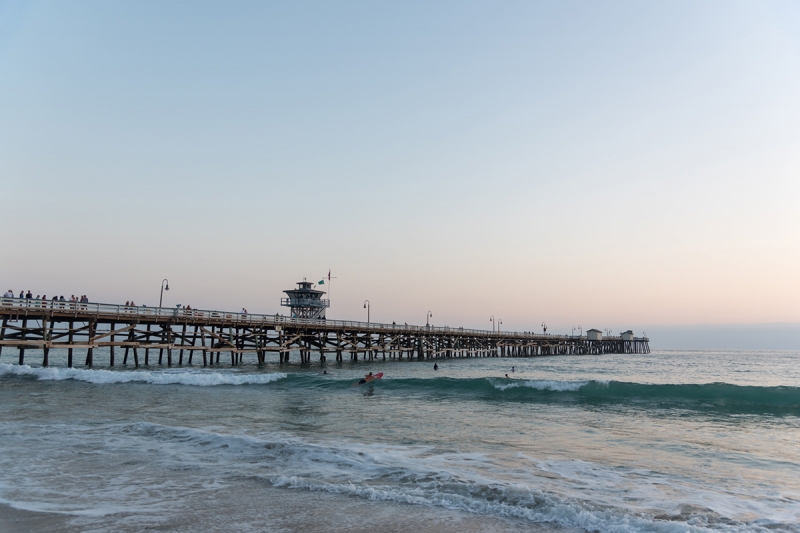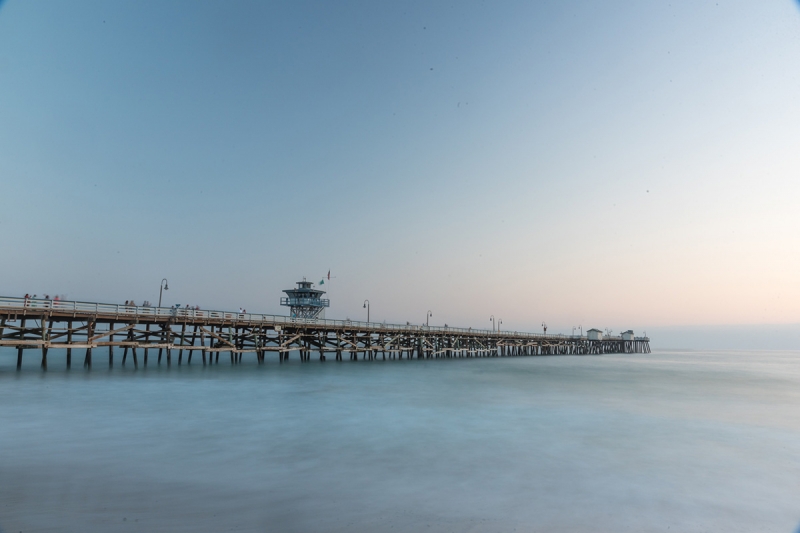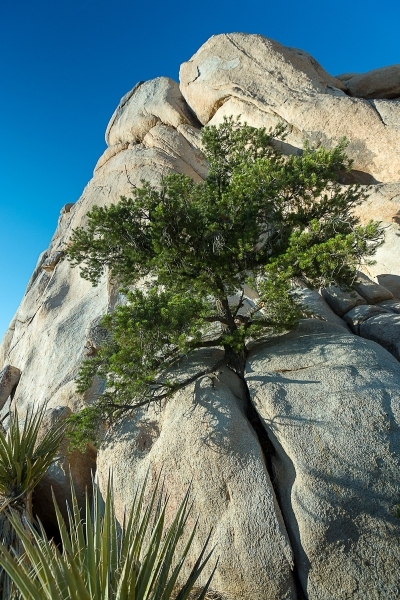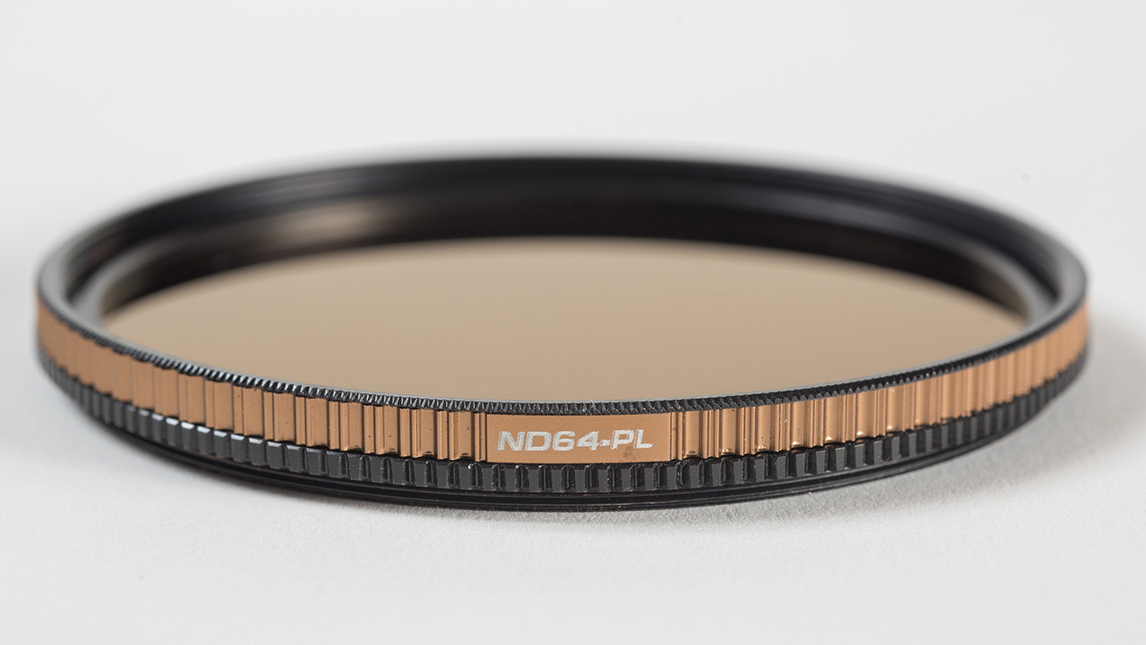Over the Lens: PolarPro Filters
Stan Sholik tested the PolarPro Quartzline ND8 and ND64/PL camera lens filters and found they are high quality and produce no color shift.
• December 2018 issue
Despite the wide availability of digital post-processing filters for still photography, there are some effects that still require a lens-mounted filter. A strong neutral density (ND) filter can be used to capture moving water and clouds with a dreamy effect, for example. Less strong ND filters are essential to keep the shutter speed at or below the maximum sync speed when you’re using on-camera flash for fill in sunlit situations.
Videographers have different needs, and some of these can be solved only with ND filters or hybrid ND filters that incorporate a circular polarizer (CP) filter. To follow the 180-degree rule—using a shutter speed that is twice the frame rate—and still have control over your aperture, an ND filter is essential. Adding a polarizer to reduce reflection without stacking two filters together and increasing the chance of vignetting requires a hybrid ND/CP filter.
 Not any filter will do. Lenses designed for the latest generation of high-megapixel still and video cameras require the highest quality multicoated filters to deliver the image quality you need. Several manufacturers have stepped up with new lines of filters. PolarPro recently introduced its Quartzline filters for digital still and video cameras to augment its existing lines of filters for drones and GoPros.
Not any filter will do. Lenses designed for the latest generation of high-megapixel still and video cameras require the highest quality multicoated filters to deliver the image quality you need. Several manufacturers have stepped up with new lines of filters. PolarPro recently introduced its Quartzline filters for digital still and video cameras to augment its existing lines of filters for drones and GoPros.
I tested the PolarPro Quartzline ND8 (3 EV exposure increase) and ND64/PL (6 EV exposure increase plus CP) on my Nikon still cameras. Other Quartzline filters include UV, CP, ND4, ND16, ND32, ND64, ND1000, ND100000, ND4/PL, ND8/PL, ND16/PL, ND32/PL, and ND1000/PL. Filters are available in five sizes from 37mm to 82mm. Prices range from $60 to $250.
TESTING
I was impressed with the filters before I screwed them onto my lenses. Inside each box was the filter, snugly sitting in foam in a hard case, a soft pouch for the hard case, and a microfiber cloth for cleaning. According to the U.S.-based manufacturer, the filters are crafted from 99.9-percent pure quartz in Germany by grinding down natural quartz to the final shape. Quartz is one of the purest glass materials in the world, with a low refractive index of 1.46 and optical characteristics that prevent color shifts and casts. The thickness of the quartz is a mere 1mm.

Photo taken without filter

Photo taken with the ND64/PL to smooth the waves, eliminate the surfers, and improve the sky
Six layers of coating are applied to each surface of the quartz. These include anti-reflective coatings, anti-scratch coatings, an outer hydrophobic coating for easy cleaning, and of course the neutral density coating. Coating and assembly done in China is followed by stringent quality control tests in the United States.
Extra care is given to the filter frame, which is crafted from brass rather than the aluminum used by some manufacturers. The filters I tested aligned easily and screwed smoothly onto each lens. The frames are about 1mm thicker than my Manfrotto Pro polarizers, but I didn’t experience any vignetting due to this, even when using my 17-35mm at 17mm. As with all polarizers, the polarization is adjusted by turning it in the same direction as when mounting the filter. This means the filter tends to tighten up on the lens, and the PolarPros were something of a struggle to remove at times, unlike the Manfrottos I’ve used. The interior of the frame is coated with matte black to prevent unwanted reflections. The exterior of the frame is gold with the type of filter clearly marked. An outer thread allows the filters to be stacked.
Under controlled conditions in the studio I could find no color shift or cast when photographing with and without the filters. Outside, I photographed primarily with the ND64/PL to take advantage of the polarizer in the desert or the polarizer and six stops of exposure increase at the beach. I love the dreamy look that the exposure increase gives to the ocean near sunset. I also appreciate the ability to eliminate the swimmers and surfers in the water and to blur pedestrians walking on the beach or on the pier. The ND100000 filter would completely eliminate people from photos.
The ND64/PL results in 6 EV of light loss, so unless you’re in the brightest sunlight, focusing and seeing the effect of the polarizer requires the use of live view. It’s not needed with the 3 EV loss of the ND8 filter. I tested focusing without the ND64/PL over the lens, setting the focus to manual to disable the autofocus, then using the filter. There was a slight focus shift with the lens in place. Of course, this wouldn’t occur using live view or autofocus. Neither of the filters degraded sharpness or caused lens flare or any other issues during my testing.

There was no vignetting from the ND64/PL when mounted on a 17mm lens; although, as expected, the polarization across the sky was not even.
PolarPro has a mobile app that’s quite useful. It provides weather information, wind conditions, sunrise/sunset times, a KP index, and drone and camera filter guides. While most of the information is of more value to drone operators than still photographers and videographers, the camera filter guide is really helpful. Enter your shutter speed for a correct exposure without a PolarPro filter, select the filter you want to use, and the app calculates the adjusted shutter speed to set on camera. Photographers and videographers can also use it in reverse by setting the shutter speed required for the aperture they want to use and selecting a filter to give the shutter speed desired. With so many creative decisions to make on an assignment, I find it nice to not have to count backward through shutter speeds or aperture settings.
PolarPro joins the list of manufacturers making high-quality camera filters for those who want to create images in ways that cannot be duplicated in post-production. Already a major player with its drone and GoPro filters, PolarPro’s Quartzline filters for still photographers and videographers earn them a contender’s spot in these arenas.
Stan Sholik is a photographer and writer in San Clemente, California.
Tags: gear


 View Gallery
View Gallery
